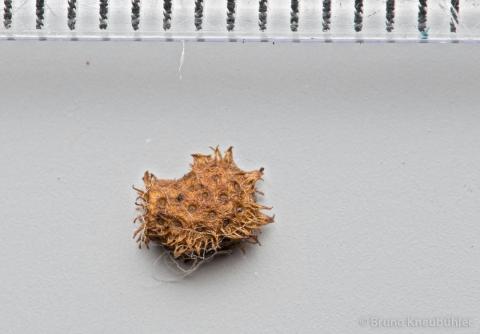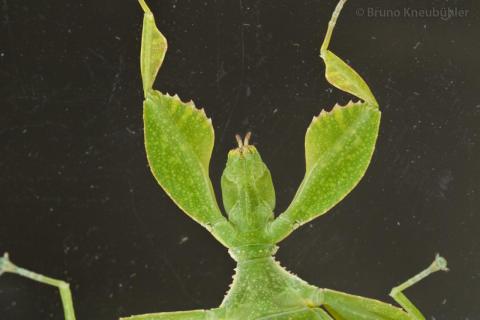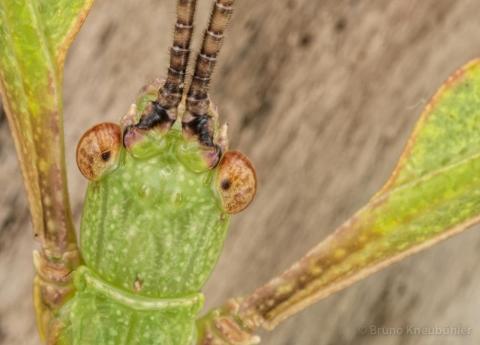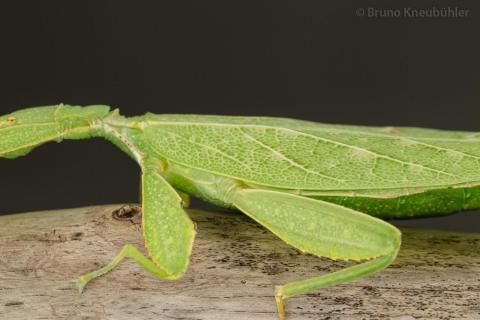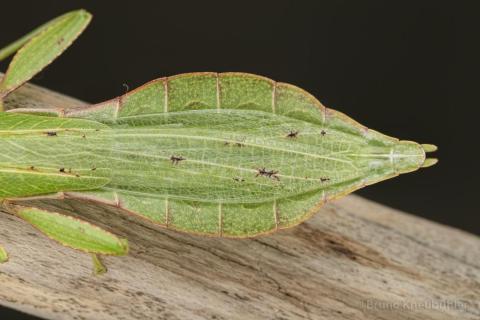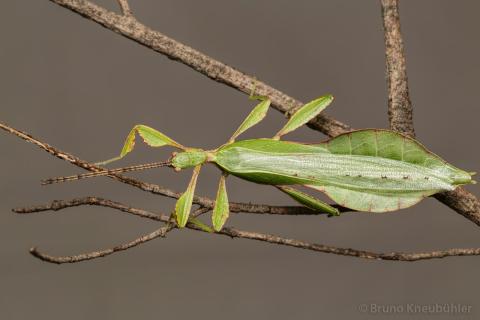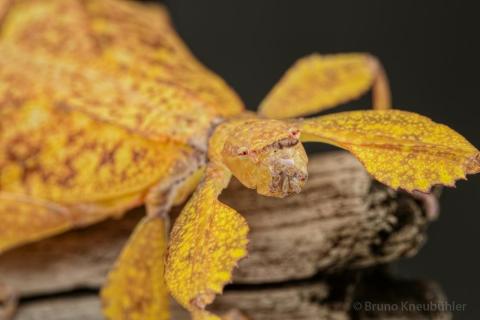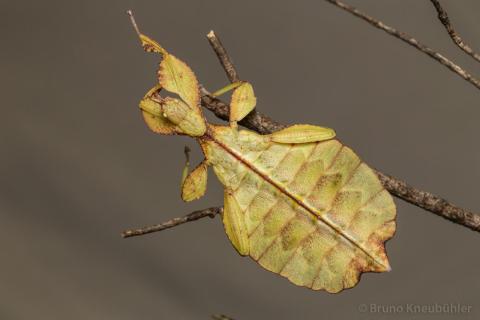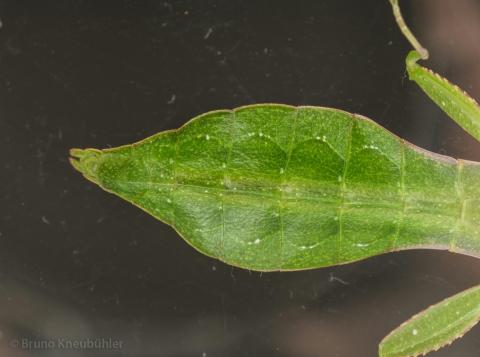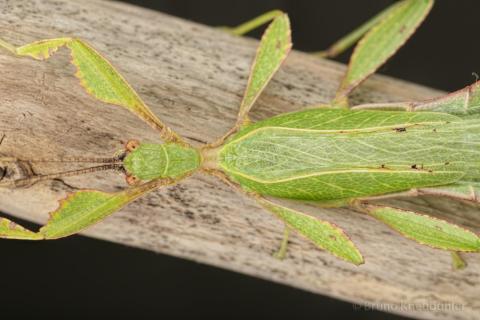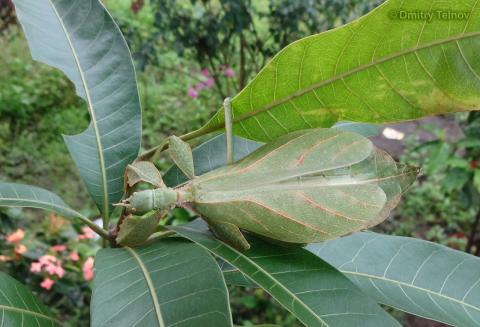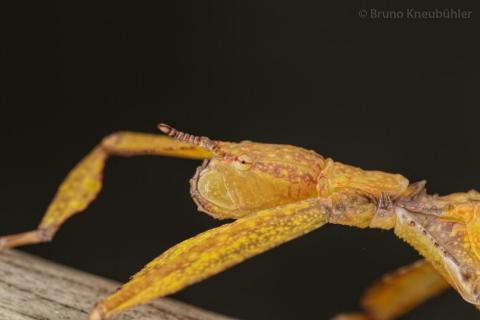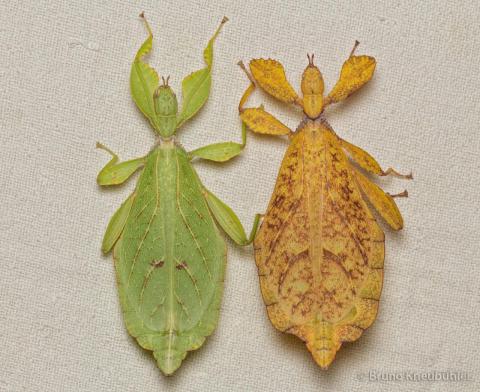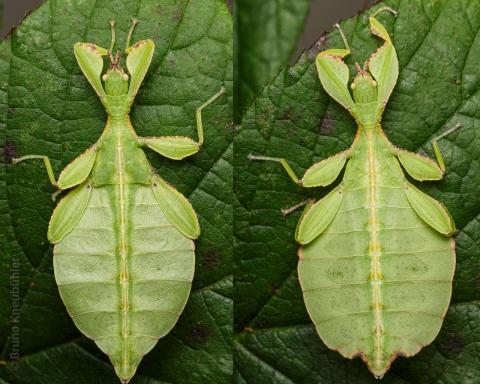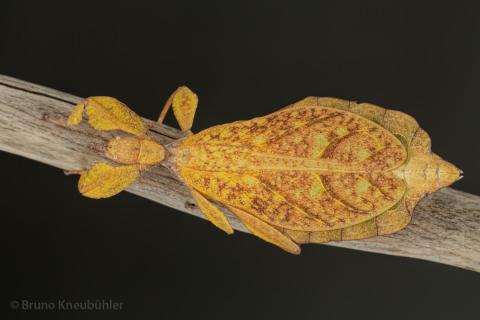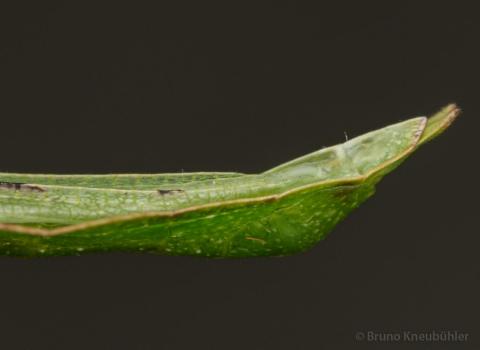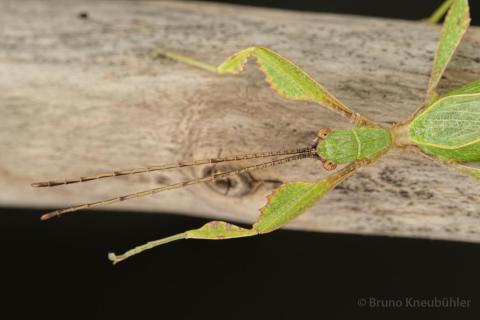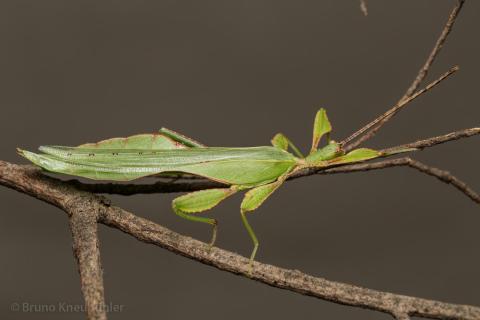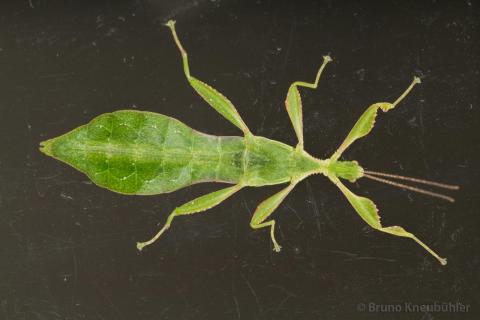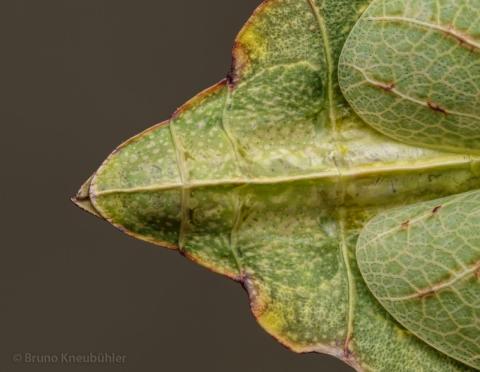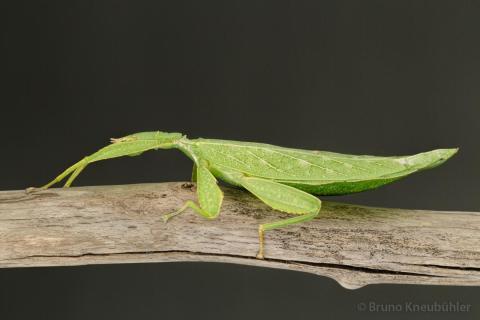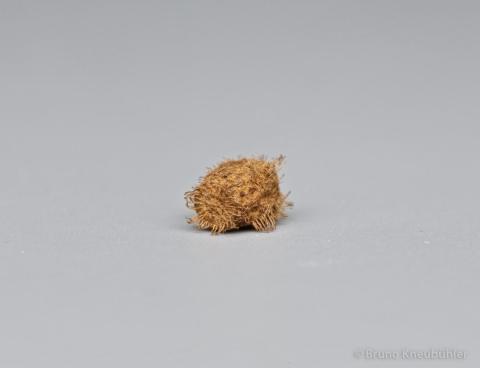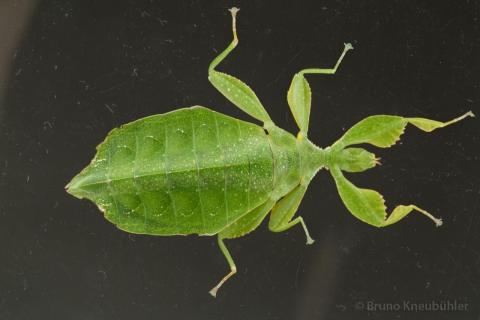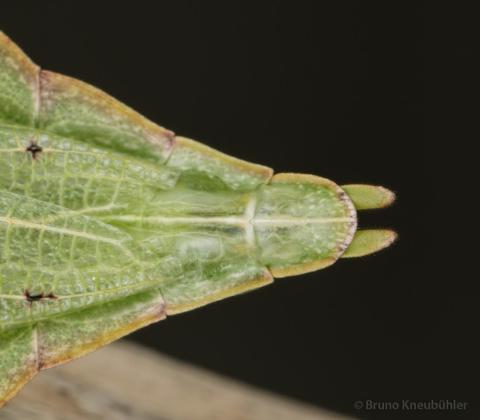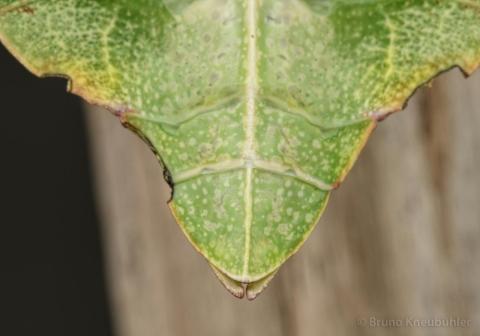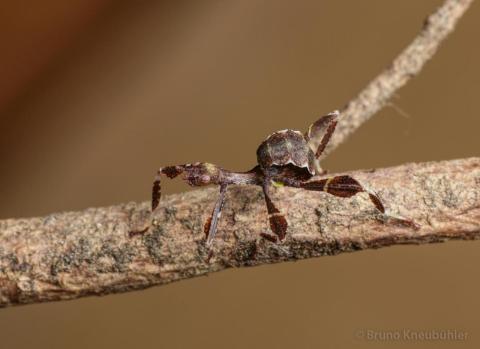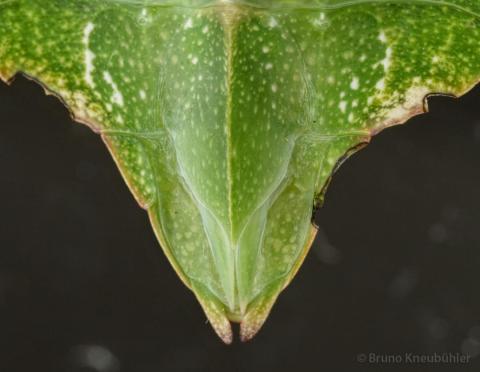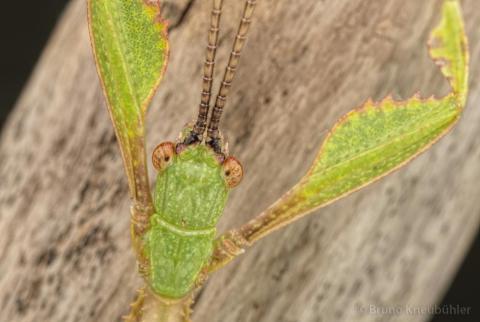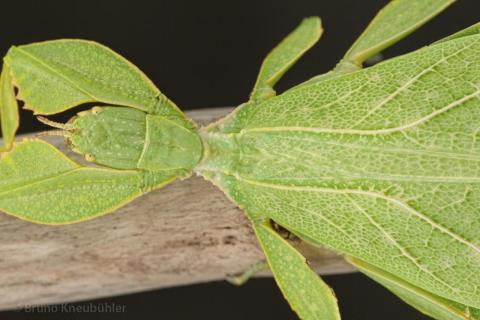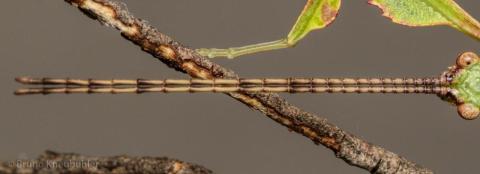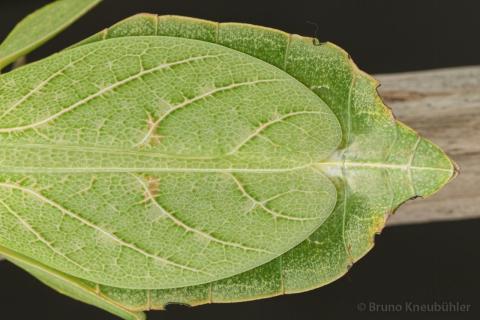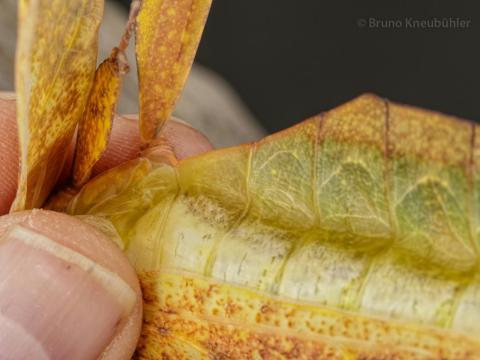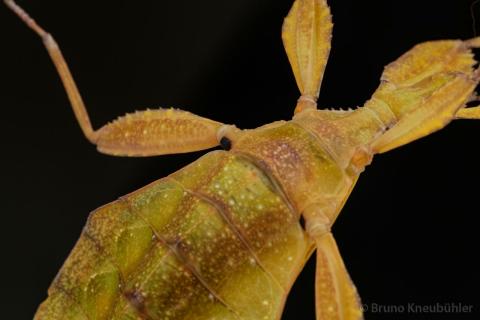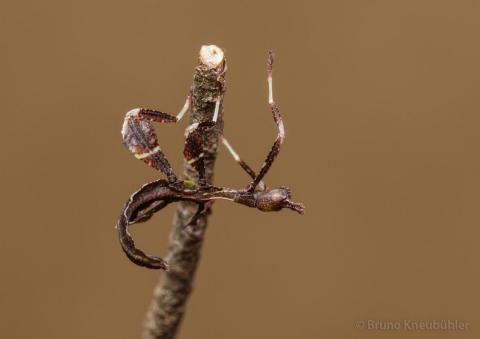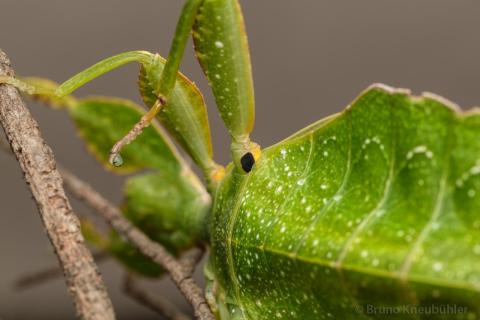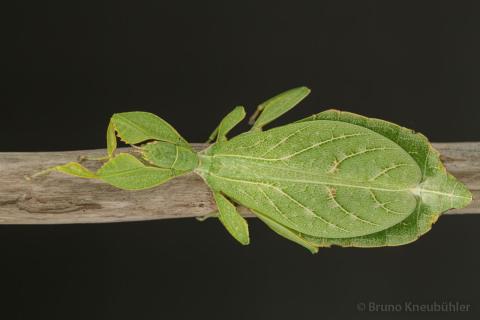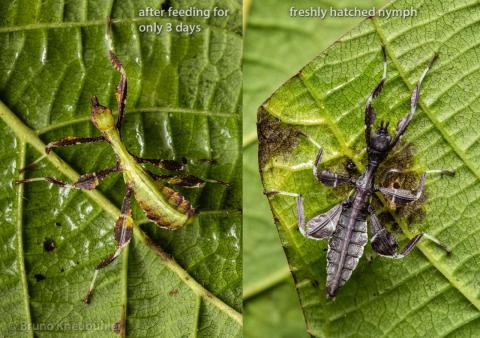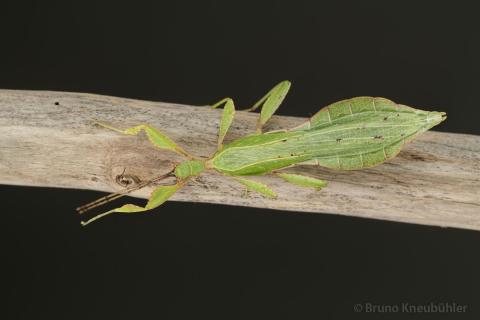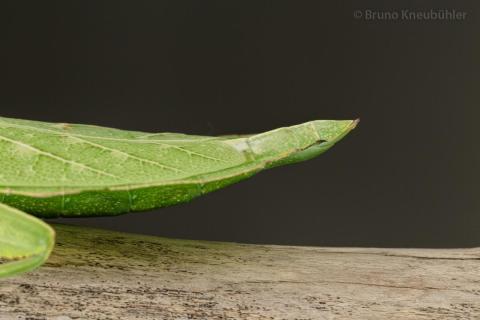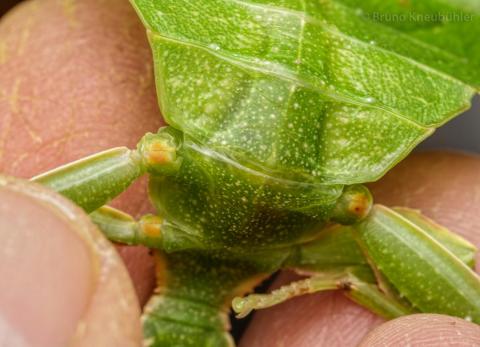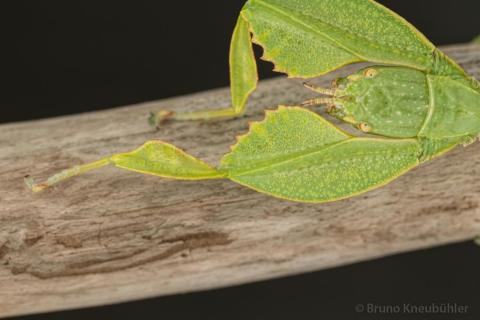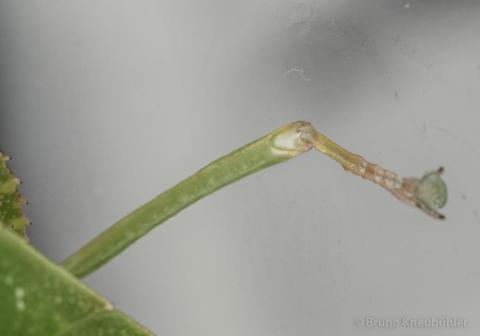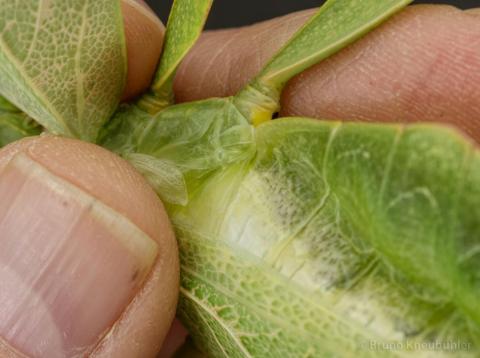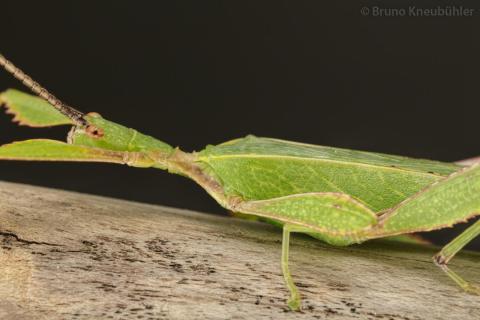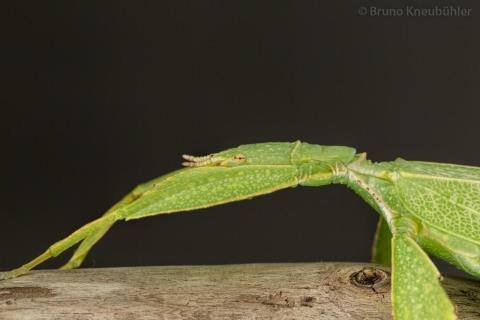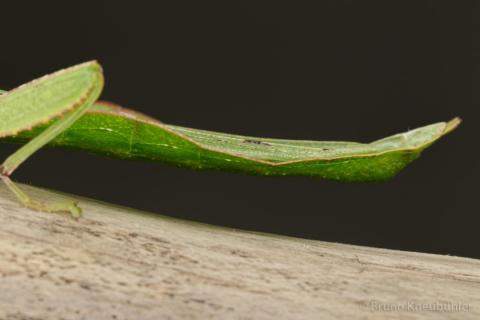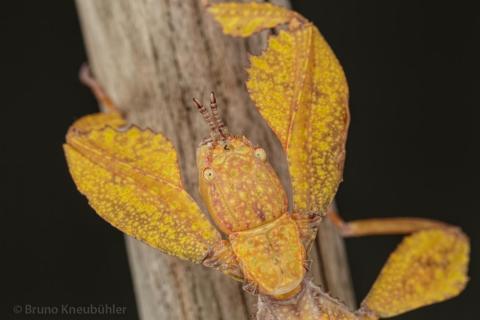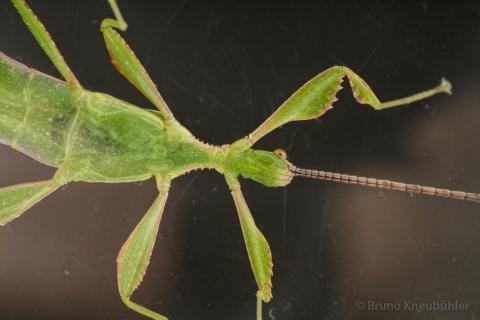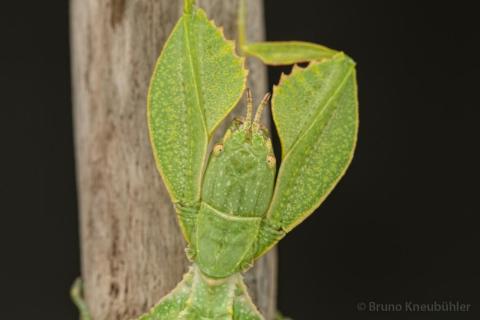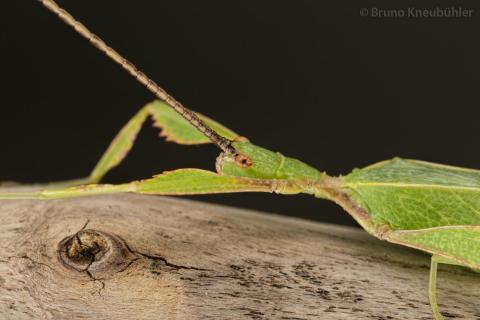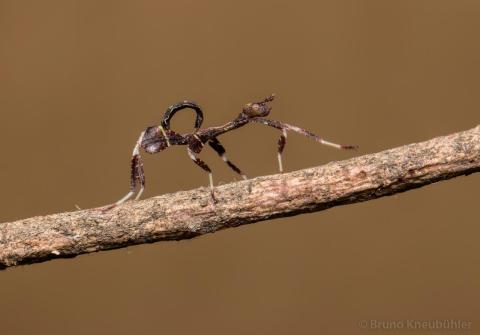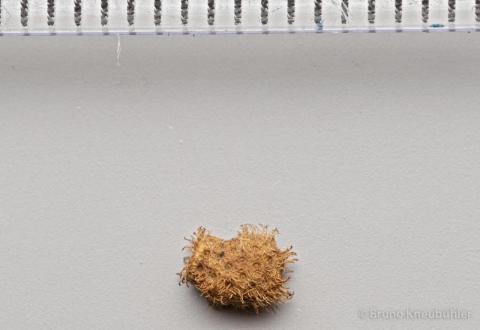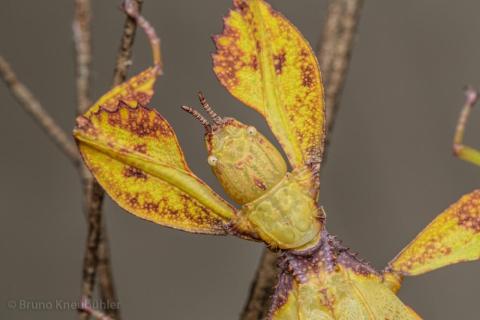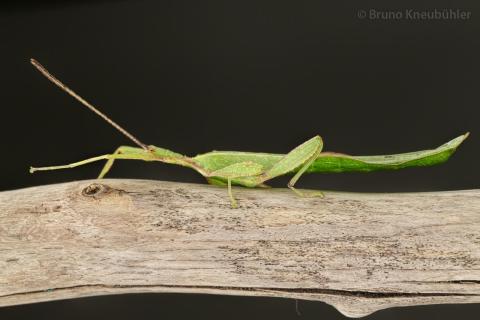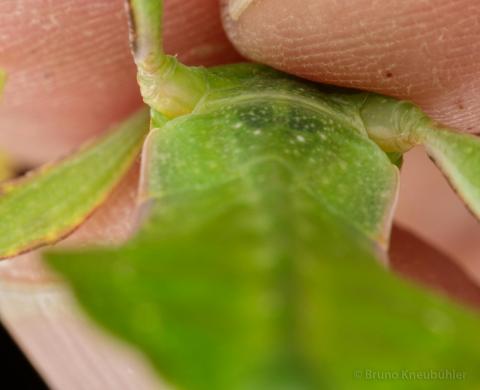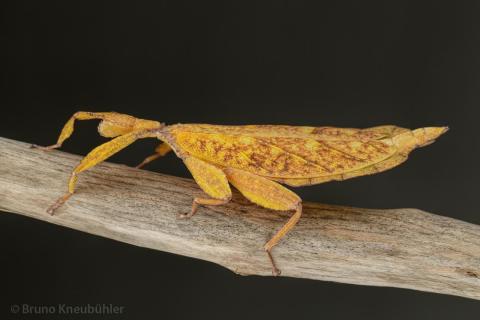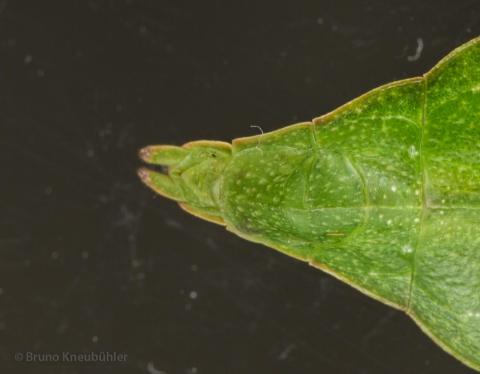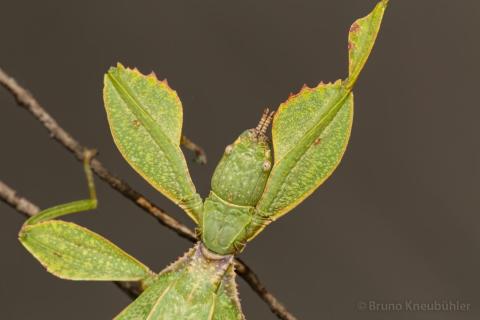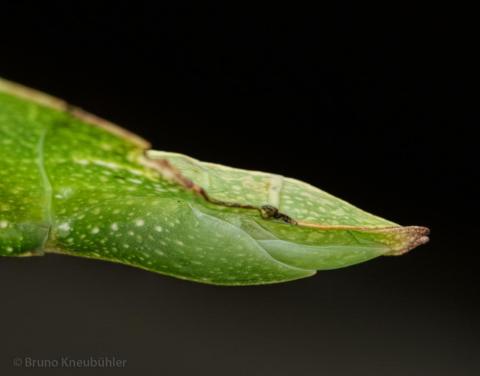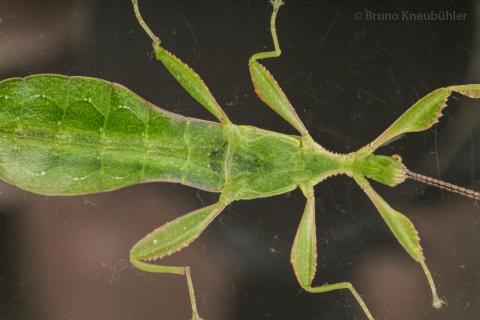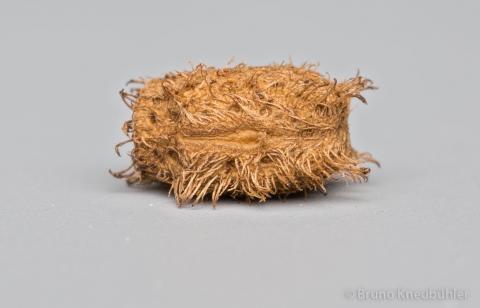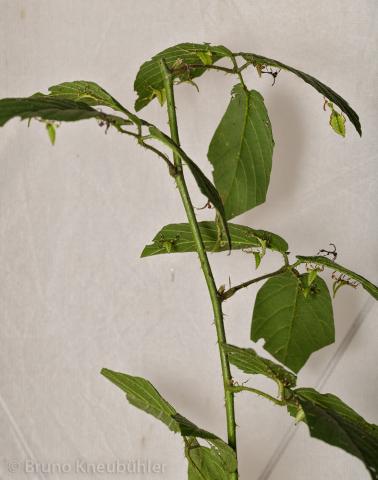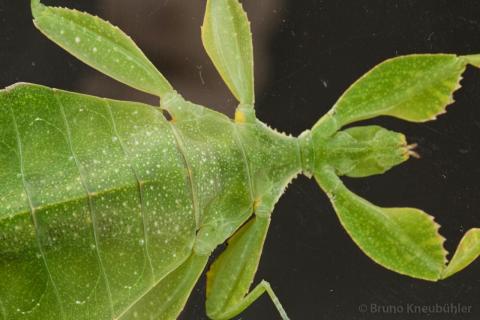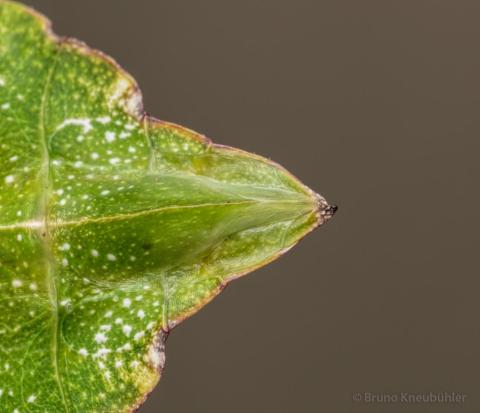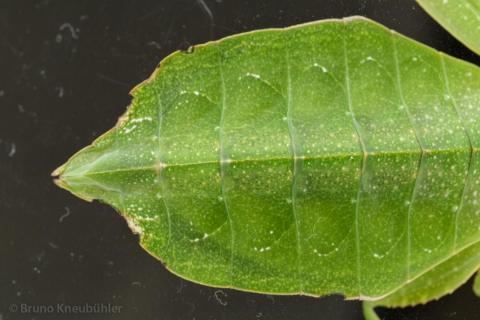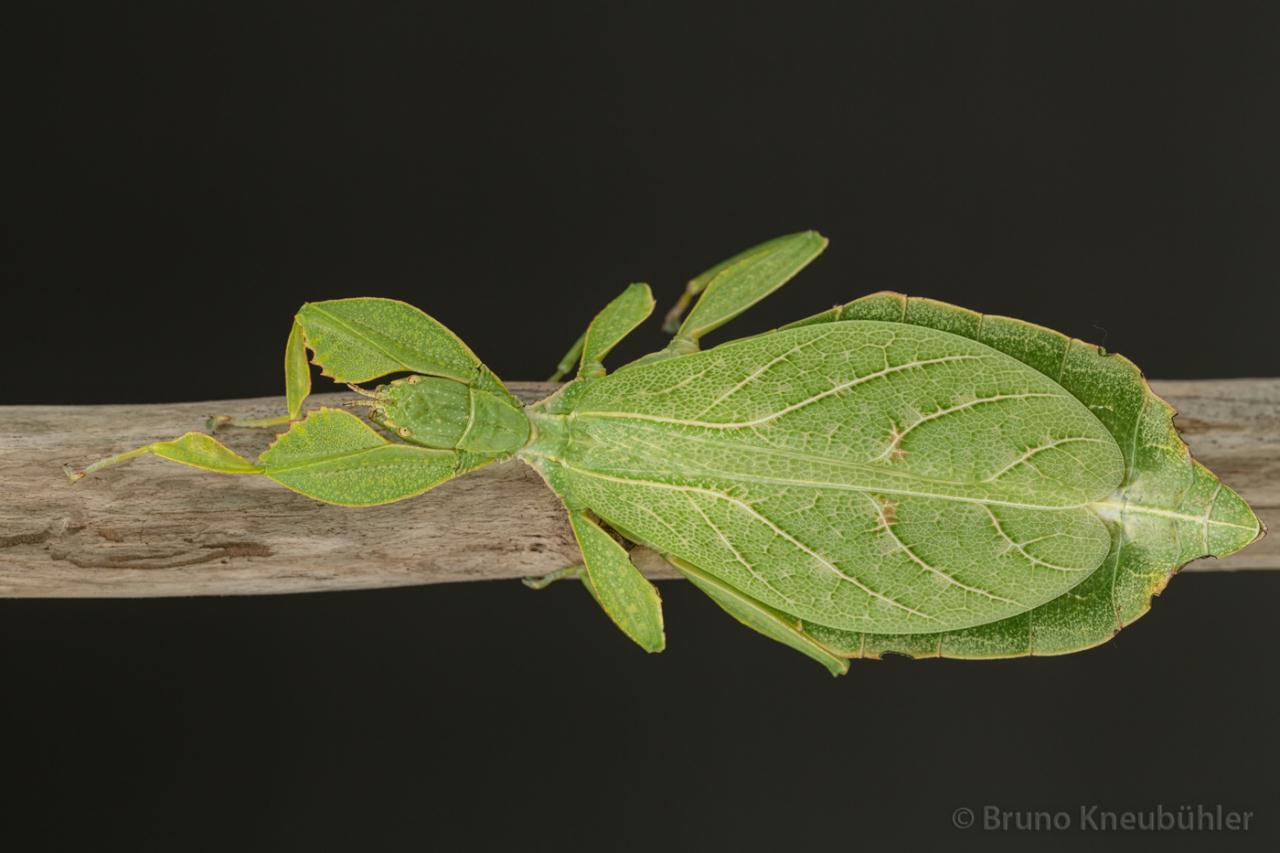
Genus
Species
Stock
CLP
618
Culture status
In culture
Foodplants
Bramble (Rubus spp.)
Breeding notes
(by Bruno Kneubuehler)
General Notes
- it seems that Phyllium tobeloense is quite closely related to Ph. siccifolium(Linnaeus, 1758). And there is some dispute amongst phasmid taxononists whether Ph. tobeloense actually is a valid species, „just“ a subspecies of Ph. siccifolium or even identical with the latter
- Hennemann et al. (2009) synonymised this species with Ph. siccifolium (Linnaeus, 1758), and Grösser (2011) established it as a valid species again
- this bickering shall not confuse breeders. Taxonomy is no exact science in a mathematical sense. Rather it is strongly influenced by each taxonomist's opinion and views on the relevance or irrelevance of certain taxonomic criteria. And different opinions can indeed lead to seemingly divergent conclusions. Not least, animosities amongst phasmid taxonomists might even influence their conclusions to some degree, all too human
- this culture stock should be kept pure – whether it is a valid species or a subspecies of Ph. siccifolium
- for further taxonomical informations → Phasmida Species Files
- other Phyllium species which are or have been in culture → PSG-Liste, Online-Culture-List
──────────────
Culture History
- 2014 - first successful culture by Bruno Kneubuehler
- 2014 – distributed to other breeders as Phyllium tobeloense „Galela“
──────────────
Origin
- Galela (Halmahera, Moluccas)
──────────────
Females
- typical leaf-like phasmids
- body length about 9.5 – 10.5 cm
- females can be very differently colored
- most females are bright green
- a few females are bright orange-yellow with darker markings
- almost white or light-brown veins on the forewings
- small white spots ventrally on abdomen
- rear side of hindleg's coxae with a yellow-black dot
- rear side of midleg's coxae with a yellow dot
- hindwings are short
- subgenital plate does not reach to the abdominal ending
- the area apicalis (a taxonomical criterion) is well visible on the inner side of the tibias (see photos)
──────────────
Males
- also very typical for this genus
- body length about 6 cm
- coloration is rather consistent amongst males
- mainly green colored
- antennae grey-brown
- eyes light brown
- distinct ocelli (simple eyes) on the head
- the area apicalis (a taxonomical criterion) is well visible on the inner side of the tibias (see photos)
- long, translucent hindwings
──────────────
Nymphs
- lenght about 12 mm
- black-brown
- white rings and areas on the legs and laterally on the abdomen
- by L4 it is quite easy to draw a distinction between ♀♂ (by the naked eye)
- examples on how to differentiate between male and female nymphs
──────────────
Eggs
- about 4 x 2.5 mm
- light brown
- like in other Phyllium species, these eggs have many bristly hairs
- these hairs are close-fitting to the eggs just after laying
- when the eggs get in contact with water, then these hairs spread out and the egg looks quite bristly
- surface with numerous round dents
- matt
- no distinct capitulum present on the operculum (lid)
- micropylar plate is elongate and drop-like
──────────────
Food Plants
- it is very much recommended to cut away the edges of the leaves for nymphs in L1
- regularly change the plants and the water in which they stand
- the Free-Standing-Setup works very well for small nymphs
- bramble (Rubus spp.)
is very well accepted by nymphs and adults
──────────────
Behaviour
- as in most (or even all ?) Phyllium species, nymphs of this species hatch around noon time
- freshly hatched nymphs run about a lot, up and down the cage almost the whole day long
- as soon as they start to feed, they settle down and become very stationary
- it can take 3 – 5 days before they start to feed
- older nymphs as well as adult are passive during the day and out and about feeding at night
- especially small nymphs and adult males can react rather frantically when they feel threatened (like when being touched). They drop down, wriggle about and freeze again after a few steps
- adult females try to vigorously clamp a potential predator between her hind legs
- adult males are quite often near or on the ground in the cage
- males can fly very well
- matings occur often during the night, males do not stay with the same female for a long time
- a defensive spray has not been observed (although it has been reported for other Phyllium species)
- females fling the eggs away - with a swing of the abodmen and they just drop to the ground
──────────────
Developement
- incubation time (HH-incubation on slightly damp sand at 20 - 23 °C) is about 3 - 4 months
- please note, that for phasmids it is not uncommon that some nymphs hatch a few or many months after the first nymphs hatched
- spread some moss over the eggs - this will make it much easier for the nymphs to hatch unscathed and it also reduces mould growth to some extend
- males will be adult after about 5 – 6 months (at 20 – 23°C), females after about 6 – 7 months
- females start laying eggs after about 2 – 3 weeks
- about 25 – 35 eggs per female and week
- is the population density too high, then females will very often feed on eachother's abdomen
- adults can live for several months, also males can live for 3 – 4 months
──────────────
Breeding Notes
- my general notes on how to breed phasmids are an integral part of this care sheet
- it is recommend to keep this species in a seperate cage. The culture is much more likely to be successful than in an multi-species cage which are all too often badly crowed
- degree of difficulty = 2 (1= very easy / 5 = very difficult)
- keep nymphs seperate from the adults. This makes it much easier to monitor their developement and they are protected from being disturbed or even harmed by the much bigger adults (like during their moults)
- keep the nymphs in a netting cage, use the Free-Standing-Setup for small nymphs (L1 - L3)
- using a ventilator seems to be very advantagous
- a humidity level of about 60+ % rH (for adults) and 75+ % rH (for nymphs) seems to be fine
- move nymphs to a bigger cage as they grow bigger
- a cage of at least 30 x 30 x 60 cm height should be provided for 3 – 4 adult couples
- keep as females as possible per cage as females will very often feed on eachother's abdomen when the population density is too high
- a lot of food plants in the cage does also minimize the danger that females feed on eachother's abdomen
- at least 2 (-3) cages are needed to breed this species – one cage for the small nymph, maybe another one for the older nymphs and one cage for the adults
- spray smaller nymphs (L1 to L3) with water once every day (do not used chlorinated tap water). This water should dry up within a few hours, therefore an airy cage is needed
- nymphs can be sprayed directly with water
- it is not needed to spray older nymphs and adults
- make sure that nymphs, which are about to undergo their adult moult, do not find places in the cage which would not offer them enough space beneath to moult successfully
